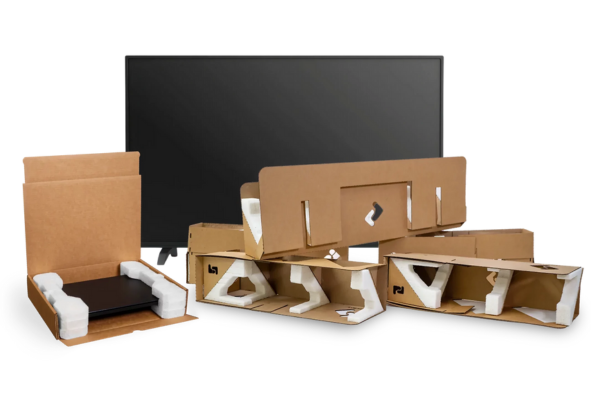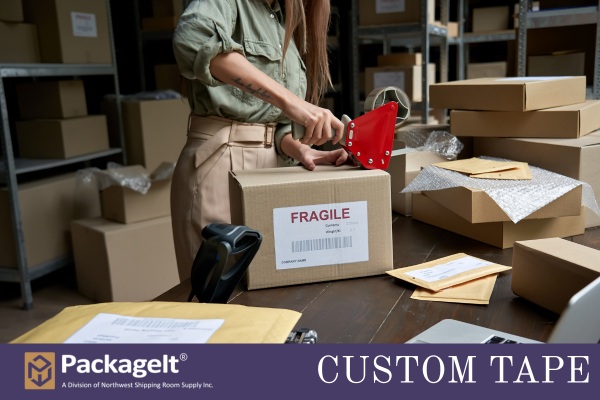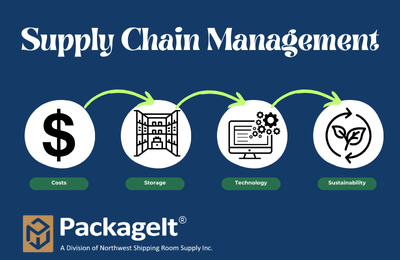As a small business owner, you’re always juggling inventory, shipping, and making sure your customers are satisfied. One key concept you need to understand is goods in transit. While it might sound technical, it’s actually a simple way to keep track of who owns products while they’re being shipped—and who’s responsible if something goes wrong.
Getting this right is essential for accurate inventory and bookkeeping, which can make a big difference when managing your business. Let’s break it down.
What Are Goods in Transit?
Two Types of Ownership Rules for Shipping
There are two common ways to decide who owns the goods during shipping and who pays for potential losses:
1. FOB Destination (You’re Responsible)
FOB stands for “Free On Board,” but the important part here is destination. With FOB Destination, you (the seller) are responsible for the goods until they arrive at your customer’s location. This means:
- If something gets lost or damaged in transit, you cover the costs.
- You pay for shipping.
This approach is often used when you want to offer your customers peace of mind, especially for higher-value shipments.
2. FOB Shipping Point (Your Customer’s Responsible)
In this case, your responsibility ends when the goods leave your business or warehouse. Once they’re handed over to the shipping company, the ownership and risk pass to your customer. This means:
- Your customer handles any damages or losses that happen during transit.
- Your customer pays for shipping.
This option is common when customers arrange their own shipping or when you’re working on tighter profit margins.
Why Does This Matter for Your Small Business?
Understanding these rules helps you avoid confusion and unexpected costs. Imagine sending a package that gets damaged on the way. If you agreed to FOB Destination, you’ll have to replace the item or refund your customer. If it was FOB Shipping Point, it’s your customer’s responsibility.
Being clear about these terms also helps with bookkeeping. If you still own the goods during transit (FOB Destination), you need to include them in your inventory. If ownership has passed to the customer (FOB Shipping Point), you don’t.
Tips for Small Businesses
- Choose Terms That Work for You: If you’re just starting out, offering FOB Destination can help build trust with customers. But if you’re scaling up and shipping larger volumes, FOB Shipping Point might save you money.
- Communicate Clearly: Always spell out the shipping terms in invoices or agreements so everyone knows who’s responsible.
- Protect Your Shipments: For FOB Destination, invest in insurance or work with reliable carriers to minimize risks.
- Track Inventory Accurately: Know when to include or exclude shipments in your inventory records based on the agreed terms.
Simplify Shipping with PackageIt
At PackageIt, we understand the unique challenges small businesses face when it comes to shipping and packaging. With decades of experience, we provide tailored solutions to help you streamline your shipping process, protect your goods, and make your customers happy.
Whether you need cost-saving packaging tips or expert advice on shipping logistics, we’re here to help. Contact our team today at
888-743-0907 or PackageIt.com for customized solutions that fit your business.
Managing goods in transit doesn’t have to be complicated. By understanding your responsibilities and using tools like clear shipping terms and expert support, you can ship smarter, keep your customers satisfied, and grow your business with confidence. Let PackageIt help you every step of the way.












